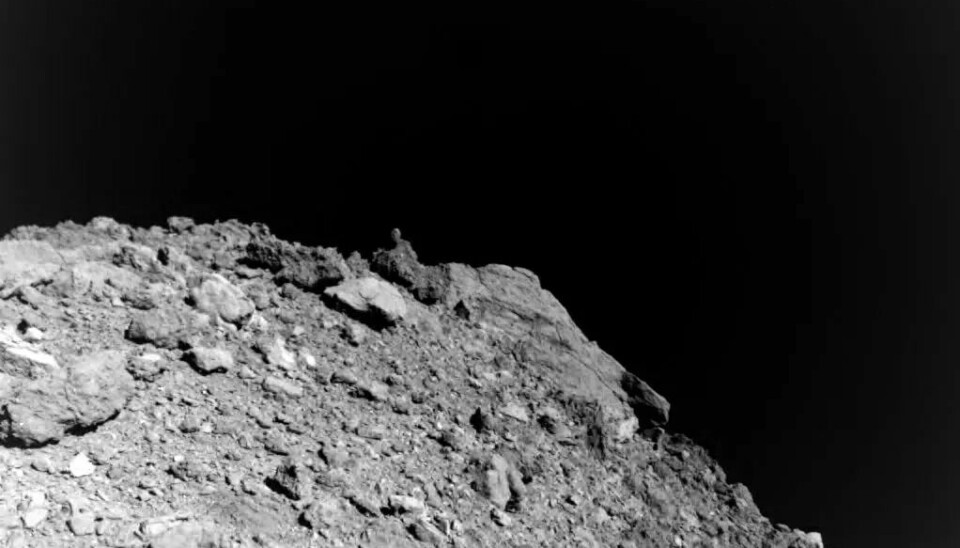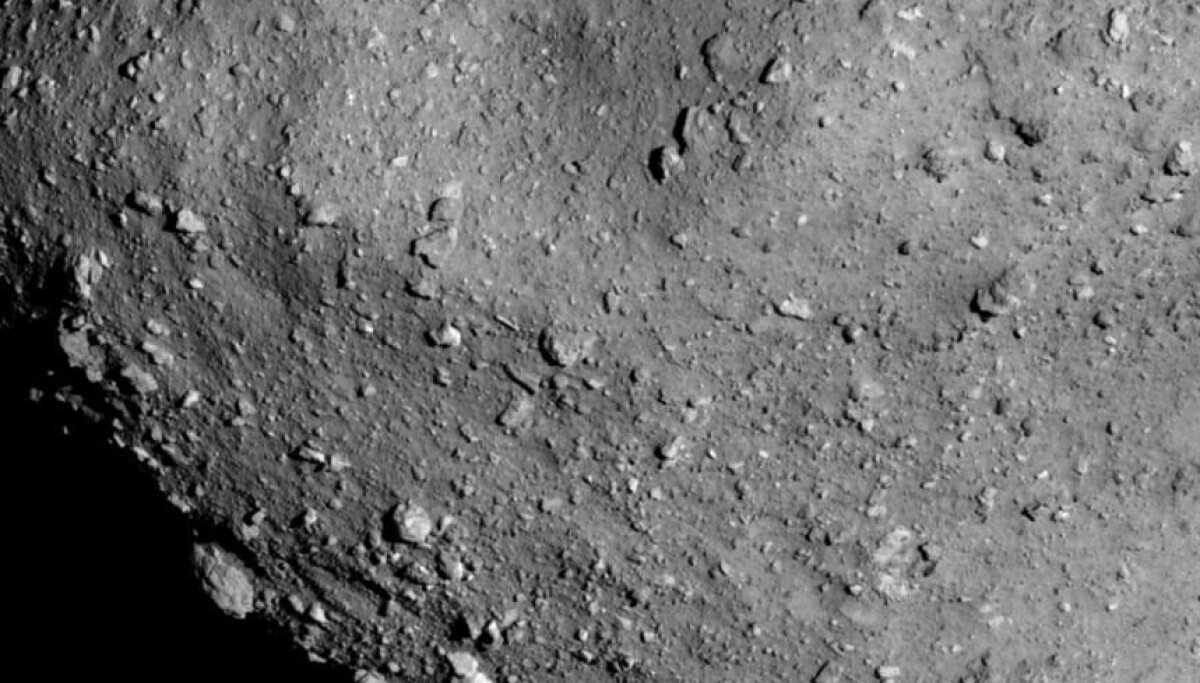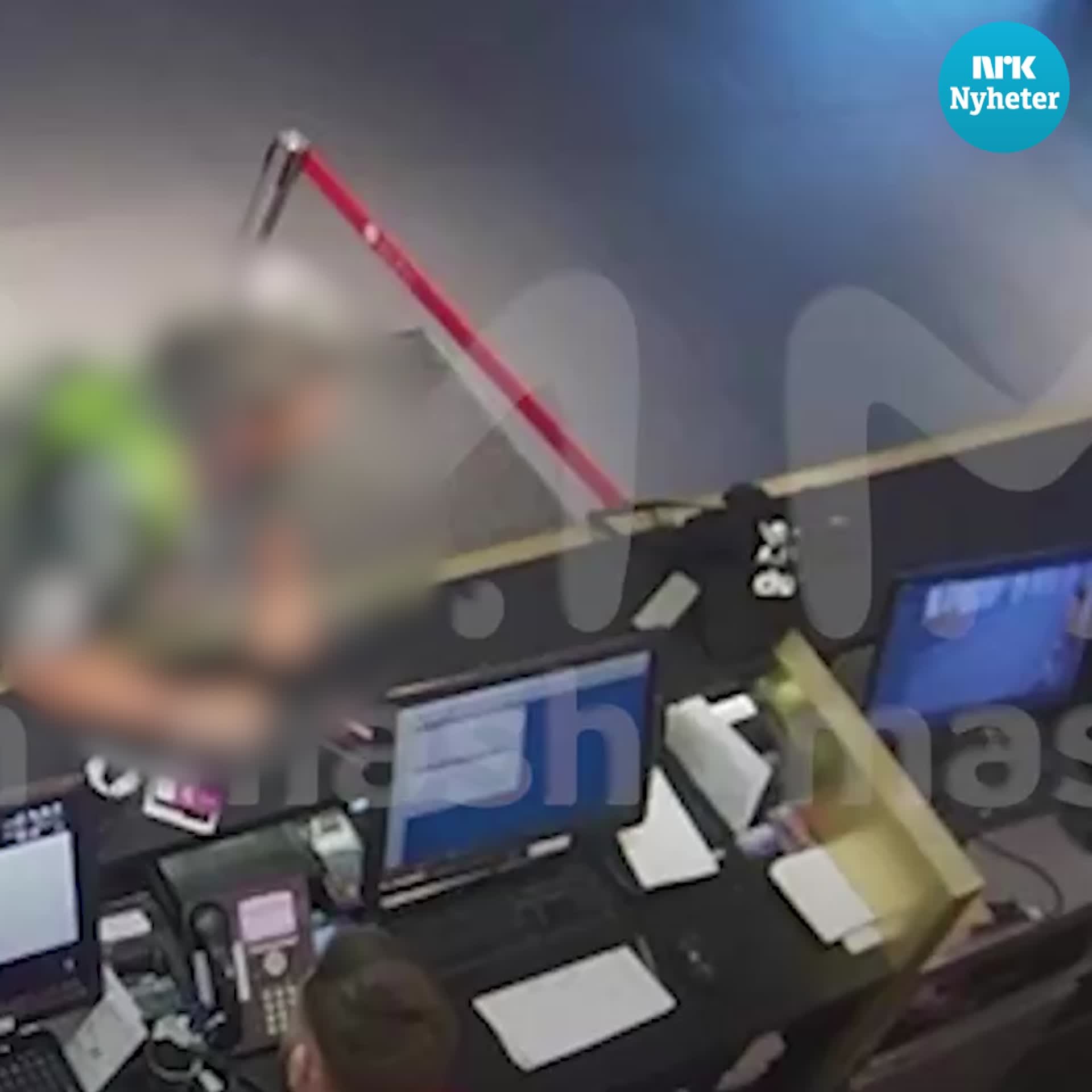Asteroid Ryugu is a remnant from the early childhood of the solar system. New analyzes of samples taken from the surface reveal more about this topic.
Millions of kilometers from Earth, a piece of rock 900 meters in diameter – an asteroid – flies alone in space.
In 2019, the Japanese space agency JAXA was able to visit the asteroid called Ryugu. The mission brought five grams of material from it to Earth.
in New study Researchers from the University of Copenhagen analyzed a small portion of the sample. Tiny dust grains provide new knowledge about the asteroid's origin.
– It is material from the early solar system, so by studying Ryugu we can also learn more about the history of the entire solar system, says Martin Pizarro, who is the first author of the new study.
Asteroid footprint
The new study looked at the asteroid's magnesium content.
Magnesium exists in several versions – specifically isotopes. By examining the relationship between the different types of magnesium isotopes in a sample, researchers can get a kind of fingerprint of the asteroid that can say something about its history.
-We have done this type of magnesium isotope analysis several times before on other samples. So our laboratory is the best place in the world for this type of analysis, which is why we were commissioned to analyze the sample from Ryugu, says Martin Pizarro.
He is a professor at the Center for Star and Planetary Formation at the University of Copenhagen.
0.07351 grams
Researcher Rasmus Andreasen of Aarhus University finds it astonishing what Pizarro and his colleagues extracted from the 0.07351 grams of Ryugu they had available.
– Andreasen says: – We are interested in understanding asteroids because they represent some of the oldest materials in our solar system.
He himself has researched chemical analyzes of samples from space at the Department of Earth Sciences at Aarhus University.
– We can use our knowledge of asteroids to form the basis of our understanding of planetary evolution and the history of the solar system, and here the new study constitutes a new small piece in that history, the researcher continues.
Unique material from space
When the sample from Ryugu landed on Earth, it was the second time in history that a spacecraft had visited an alien asteroid and brought material back to Earth.
However, researchers have access to material from other asteroids, because small stones from space – called meteorites – sometimes fall to Earth. Some rocks come from distant asteroids.
We have many meteorites on Earth that originate from asteroids, but the problem is that we do not know exactly which asteroid they originated from. At the same time, there is a risk of meteorites being contaminated by being on Earth, so it's quite unique when we can analyze samples we collected on an asteroid ourselves, says Andreasen.
He did not participate in the new study.
Crazy conclusion about Ryugu
When the matter from Ryugu landed on the ground, something happened Initial investigations Of content. They suggested that Ryugu resembles a special type of meteorite called a carbon-CI chondrite, which has been found several times on Earth.
These meteorites are highly carbonaceous and originate from ancient asteroids.

“Carbonaceous chondrites come from far away in the solar system, so it was concluded that Ryugu probably formed in the same region of the solar system,” Pizarro says.
Several media outlets – including Videnskab.dk – wrote about the first investigations. But Martin Pizarro's new, more precise analysis of the magnesium now rejects that Ryugu is of the same type as the carbonaceous CI chondrites and originates from the same region as them.
– No, Pizarro says.
So what did we learn?
Rasmus Andreasen believes the new analyzes are convincing.
– They showed that the magnesium content does not match carbonaceous chondrites found on Earth at all. In this regard, Andreasen says that Ryugu is something completely unto itself.
We've learned more about Ryugu's history as we no longer believe the asteroid was created in the outer solar system – far away where icy comets and CI carbon chondrites form.
Where and how Ryugu appeared instead, researchers cannot say anything yet. In this case, further research should find out.
Vacancies
Ryugu is rich in organic materials
Analyzes and other studies The sample taken from Ryugu showed that the asteroid is rich in organic materials that form the basic building blocks of life.
They have been interpreted as supporting the theory that the components of life on Earth may have been brought here from space, for example by asteroids.
In addition to analyzing samples from Ryugu, Martin Pizarro will perform analyzes from another asteroid called Bennu. NASA dropped samples from there in the fall of 2023.
Now Pizarro has just returned home from Japan, where he collected another small portion of the Ryugu sample. It will undergo new analyzes in Copenhagen that we hope will teach us more about the history of the asteroid and our solar system.
source:
© Videnskab.dk. Translated by Trine Andreasen for forskning.no. is reading Original status on videnskab.dk here.

“Explorer. Unapologetic entrepreneur. Alcohol fanatic. Certified writer. Wannabe tv evangelist. Twitter fanatic. Student. Web scholar. Travel buff.”




